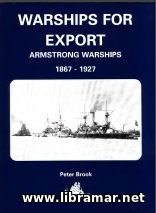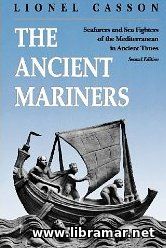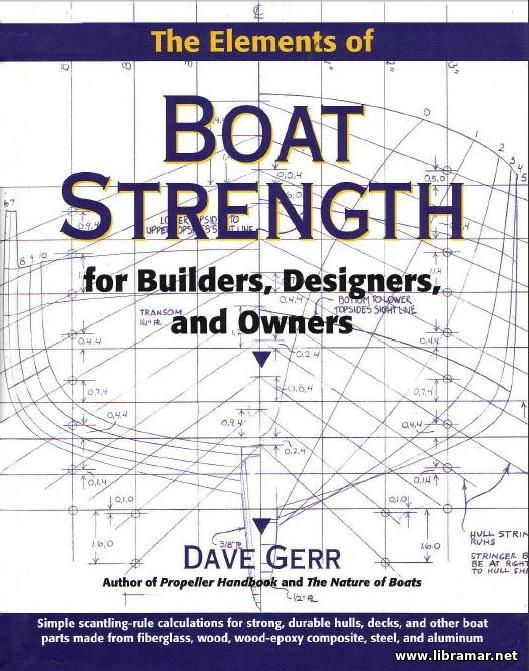WARSHIPS FOR EXPORT — ARMSTRONG WARSHIPS 1867—1927

| Author(s) | Peter Brook |
| Publisher | World Ship Society |
| Date | 1999 |
| Pages | 242 |
| Format | |
| Size | 6 Mb |
| D O W N L O A D | |
My interest in Armstrongs began in 1944 when I bought a copy of the 1903 edition of Janes Fighting Ships. In the Italian section was a photograph of a cruiser, the "Piemonte". with a description which included the statement that she was one of the earliest Elswick cruisers and that she was the most heavily armed vessel for her size in the world. Intrigued, I found other Elswick cruisers in the volume and comparing them with their Royal Navy equivalents they seemed better gunned, speedier and better looking.
Twenty four years later it occurred to me that a description of these ships might be the basis for two or three articles in the recently founded "Warship International". I wrote to Vickers for more information and eventually I found myself in correspondence with P H Judd, the Chief Naval Architect (merchant ships) who had access to a mass of archival material giving details about Armstrong ships including dates and dimensions together with a number of photograph albums. Eventually a series of articles were published in "W.I." dealing with Armstrong cruisers and other types. They were mostly bald descriptions with little account of the political climate in which they had been built, nothing about their design history and only a sketchy summary of their careers.
Apart from Judd's personal information, based on Armstrong records, all sources were secondary. A few years ago I was contacted by the late David Topliss, then a mature undergraduate at the University of Cambridge, who was engaged in writing the complex and fascinating story of the "Rio de Janeiro". From him I learnt that J. D. Scott, Vickers' historian, had deposited a large amount of Armstrong material in the University Library, most valuably the Elswick Yard Report Books running from 1883 to January 1913, containing bi-monthly reports to the directors on the progress of warships building in the yard. But why bother to write about a firm which ceased to build warships in 1927, of which possibly only one survives, while not even the shipyards and the works which built and armed them remain?..
The "Read Later" function allows you to add material to this block with just one click. Just click on the icon and read the articles that interest you at any convenient time.


